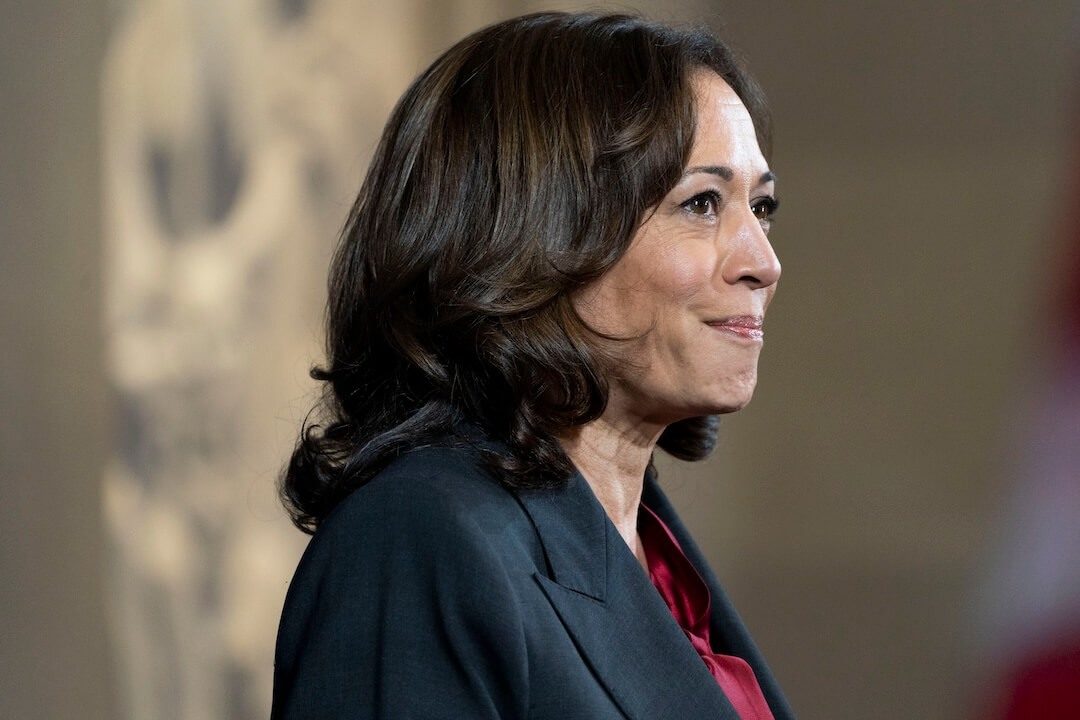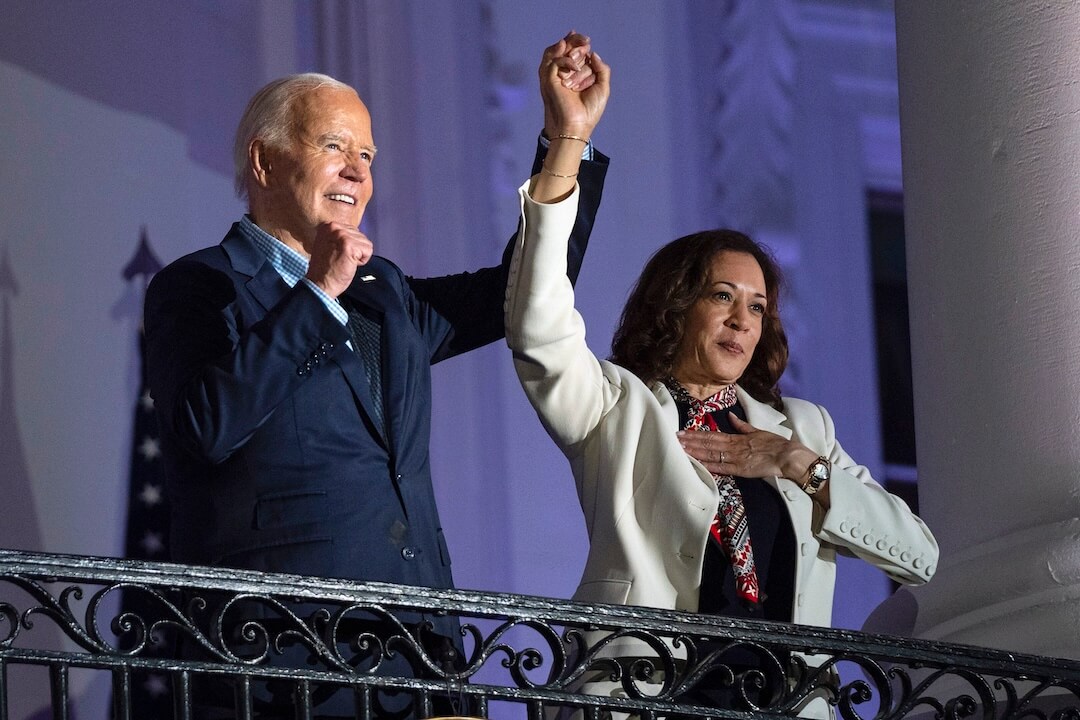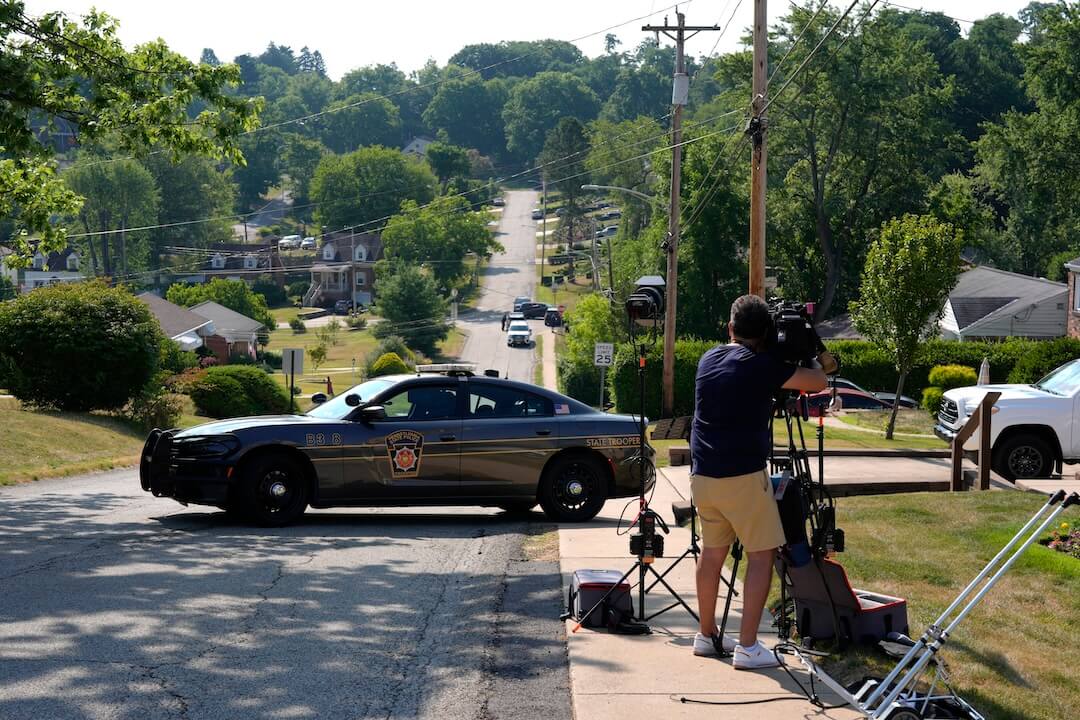If you’re reading this article, then chances are you’ve just gotten or are about to get a correction. Maybe you’re a student journalist and it’s your first time experiencing this. Maybe you’re a seasoned reporter but still find yourself wondering how to deal with a mistake. Or maybe you just want to be ready the next time you have an error to fix.
You’ve come to the right place — there are ways to make the process easier and to learn from your corrections. Here are a few ideas from academics who have researched the topic and journalists who have been there.
Don’t rely on what you read online.
Gail Rhodes, an instructor and Ph.D. candidate at Arizona State University’s Walter Cronkite School of Journalism and Mass Communication, has seen students use online materials to fact-check their stories. While that’s helpful, reported stories can carry their own errors. Always check with a source first before using a spelling or title that you haven’t independently confirmed.
“We do live in the digital age — young journalists use their phones to look stuff up and think, ‘I read this article and there it is,’” Rhodes said. “Unfortunately, the digital age is wonderful for a lot of things, but you can check things in a hurry.”
For news organizations, consistency is key.
Whatever your procedures, news outlets should have a standard corrections policy across stories. That doesn’t just mean when to correct, but where in the story that correction will play, whether that’s at the bottom or the top or on a page of the newspaper. Even better, academics say, would be a standardized corrections procedure across outlets.
“There are not really any standard ways of doing corrections,” said Michael Karlsson, a media professor at Karlstad University in Sweden. “Journalists should develop something that’s recognizable and that allows me to click and see different versions of the story if I want to know more about it.”
Aesthetics matter.
When Karlsson talked to Swedish news consumers, one of the things they mentioned was not about corrections themselves, but the way news sites looked.
“People commented on whether the interface was pleasing,” Karlsson said. “Is it clear for me to read or are all these ads going around to distract me? Does it load fast enough?”
If news outlets create a cleaner and clear visual interface for news consumers, they may be more understanding if errors arise.
With bigger mistakes, be sure to correct them on all channels.
If a story has major errors that change the tenor of the piece or substantially change the overall news, it’s worth correcting on all platforms. That may include a note on social media, a change to the headline and even a public explanation of the correction.
“You have to use social media and different platforms to get new information out there,” Rhodes said.
Use the correction as a chance to diagnose the error.
The goal is to be as accurate as possible. But when mistakes happen, the first question we should ask ourselves is what went wrong and how we can change that for next time, says Tom Finkel, the editor-in-chief of the Miami New Times.
“We should use it as a learning experience so we don’t make that kind of mistake again,” Finkel said. “We should try to figure out what systemic thing went wrong to cause us to miss it.”
A standards editor can be a big help.
As former deputy managing editor and standards editor at HuffPost, Victor Brand knows the value of having a dedicated staff person to maintain corrections. After all, he was one.
“I don’t think it’s great to have that kind of thing distributed and delegated to individual managers to take care of it,” Brand said. “It is important that everyone in the space feels the same kind of rubric is being applied across the board.”
Have an internal system for corrections.
Just as it’s important to have a standardized system for the way corrections are displayed externally at a news outlet, it’s important for organizations to have a system to deal with corrections internally as well. Reporters should know what the process is if they get a correction and perhaps have a debriefing with an editor if necessary.
Have empathy.
Editors, remember that you were once a reporter. Journalism colleagues, remember that you, too, have made mistakes.
“It’s embarrassing and nobody wants to make a mistake. Often, you realize that you overlooked something, you misunderstood something, it’s natural,” Finkel said. “I really try with writers and with colleagues to say, ‘This is part of the process. We have to learn how to do it.’”
Create a culture of honesty.
Ultimately, many of journalism’s issues come down to a culture problem. One way to encourage reporters to be honest about corrections is to create a newsroom culture where mistakes are seen as an occasional part of the job and something to learn from rather than to criticize.
This can be imparted at all levels of the newsroom. Perhaps top editors can share with staffers one of their most mortifying corrections and what they learned from it. Newsrooms could lead sessions on proper fact-checking processes, especially for stories that are breaking and written on a tight deadline.
Corrections don’t have to happen in silos. By teaching reporters the best practices surrounding both how not to get a correction and what to do if you do, reporters will likely feel more comfortable coming forward the next time one happens. And perhaps they’ll see themselves as part of a larger trend rather than committing an isolated misdeed.







